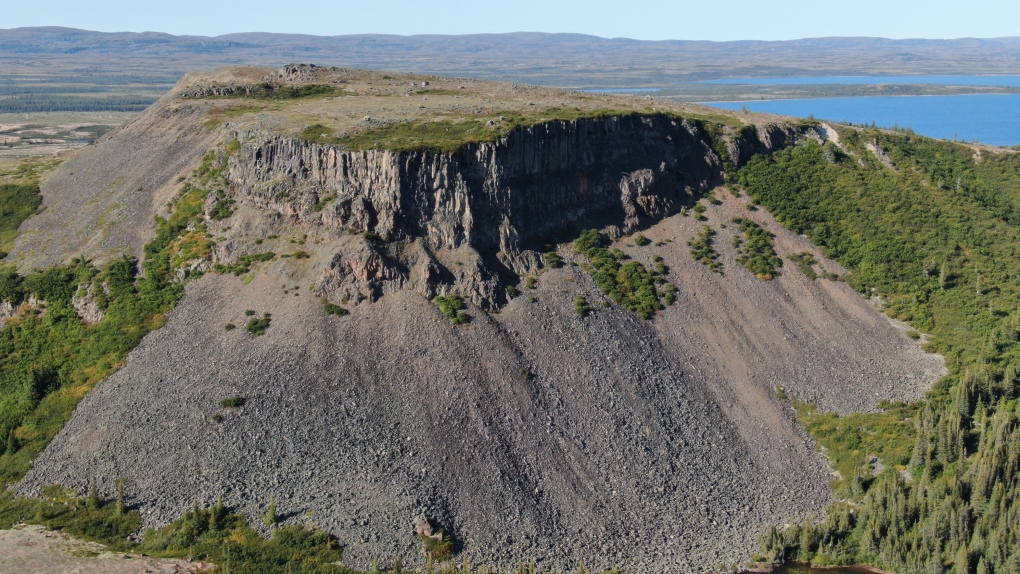
Remote Labrador location potential training ground for astronauts
CTV
When scientists determined in the mid-1970s that the Mistastin crater in Labrador had lunar-like properties, the last Apollo mission had flown and it was too late for astronauts to take advantage of the site for training.
When scientists determined in the mid-1970s that the Mistastin crater in Labrador had lunar-like properties, the last Apollo mission had flown and it was too late for astronauts to take advantage of the site for training.
But now, as Artemis astronauts prepare for the next moon mission, one Canadian expert says the remote crater could provide vital insight into what awaits them.
Gordon Osinski, a professor in the department of Earth sciences at Western University in London, Ont., said Mistastin was found to be an impact crater in the mid-1970s.
An impact crater is created when an asteroid or meteorite crashes into the Earth, melting and recrystallizing rock through shock waves. One of the unique things about Mistastin, he said, is that it is formed from anorthosite -- a light-coloured, highly reflective stone -- that makes up large parts of the moon's surface called lunar highlands.
"That also makes it one of the best training sites for the Artemis astronauts," Osinski said. "My dream would be every astronaut who walks on the moon in the next few years will have visited this impact crater up in northern Labrador because of those attributes."
A Canadian astronaut is to be part of Artemis II, planned for May 2024. This would make Canada the second country to have an astronaut fly around the moon. During the 10-day mission, the crew is expected to set a record for the farthest human travel beyond the far side of the moon. Artemis III, currently set for 2025, is expected to take humans back to the moon's surface to explore for the first time the region near the lunar South Pole.
Mistastin, also known as Kamestastin, is on the traditional hunting grounds of the Mushuau Innu First Nation. George Rich from the Innu Nation said they welcome the scientists as long as they get the required permission to be on their traditional lands.





















 Run 3 Space | Play Space Running Game
Run 3 Space | Play Space Running Game Traffic Jam 3D | Online Racing Game
Traffic Jam 3D | Online Racing Game Duck Hunt | Play Old Classic Game
Duck Hunt | Play Old Classic Game